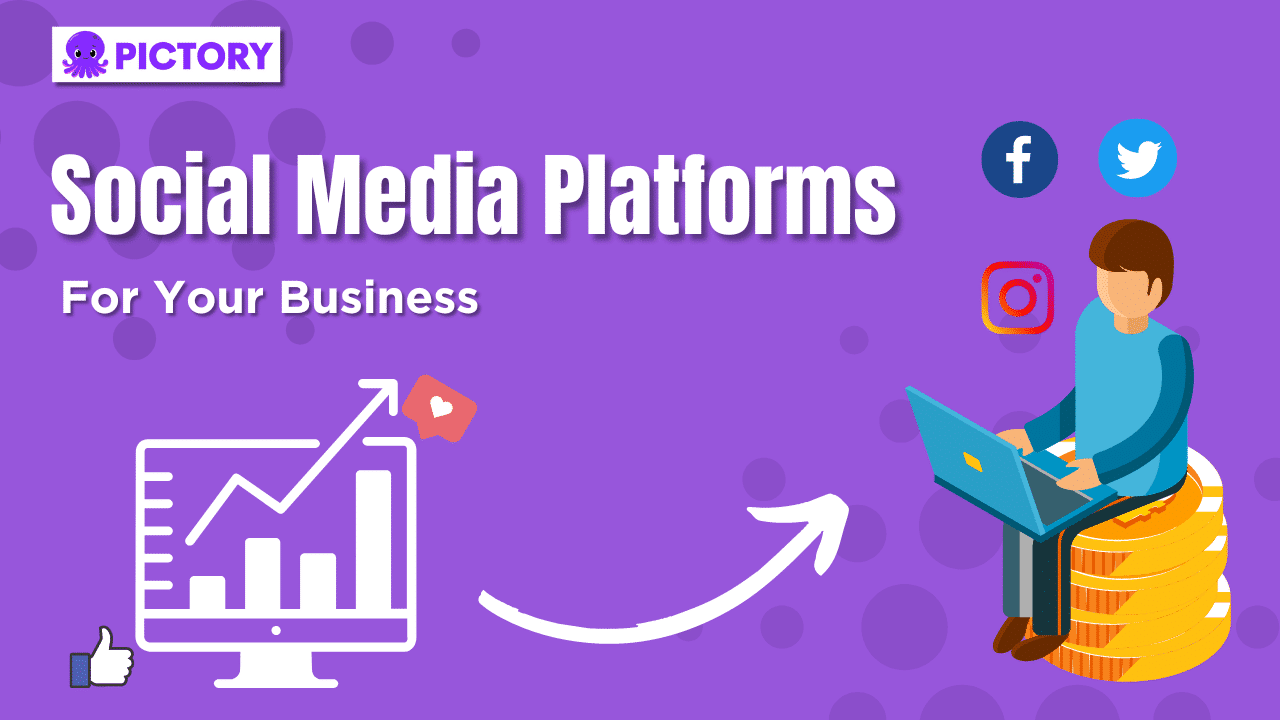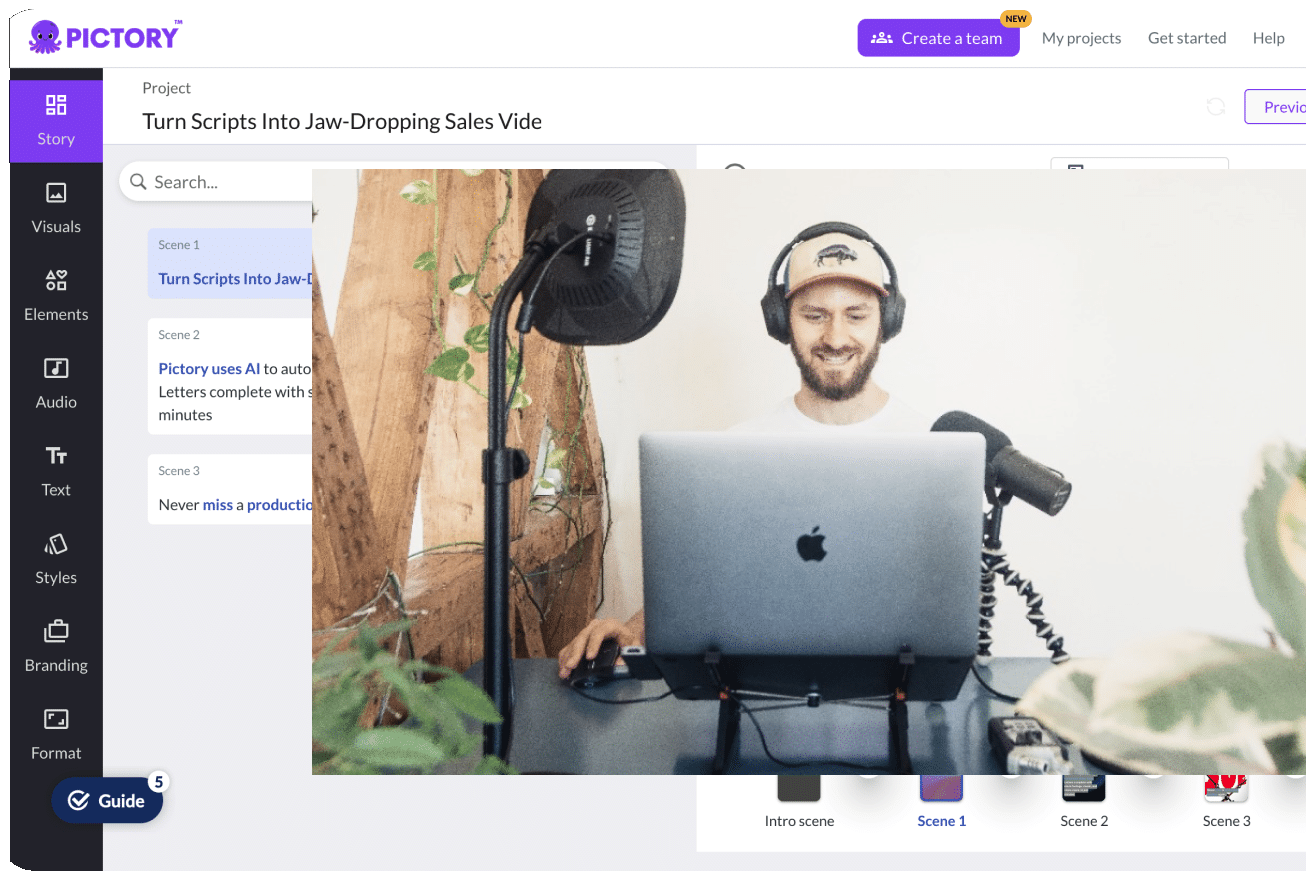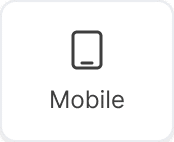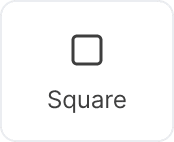Remember when all anyone had to worry about was Facebook?
Now it seems like there’s a different social media platform for everything.
It’s turned digital marketing into a full-time juggling act.
Most businesses don’t need to be on every platform though.
Each social media site has its own age groups it tends to attract and the type of content it suits best.
We’ll go through each of the major platforms, the niches they fit, and what you need to know in order to choose the best ones for your business.
Start With a Social Media Marketing Strategy

“Know thyself” is probably the best piece of digital marketing advice we can give you when it comes to crafting a social presence.
Like picking a great partner, picking the best social media platform starts with being clear about what your brand is and how you want your business to engage with the world.
In other words, you need a social media marketing strategy:
Business Goals

Whether you’re a small business or a global company, getting clear on your goals is one of the best ways to determine which social media platforms are worth prioritizing.
For example, is it new customers you’re trying to target or improving customer sentiment amongst the ones you already have?
Brand Voice

Building brand awareness online starts with a strong brand image and consistent voice.
Establishing this early on can also help inform which social media platform you’re likely to thrive on.
TikTok, for example, is far more casual than a platform like LinkedIn.
Knowing where you fit on that scale has everything to do with the brand voice you’d like to use.
Content Type

Part of a business’s digital strategy needs to include questions about the content that will best help translate their messaging e.g., short-form video content vs. long, still images or videos, etc.
Target Audience

A social media platform works best in a marketing strategy when there’s a clear idea of what the target audience is.
As you’ll see in the next section, one of the main distinguishers between the different social media networks is the age range of their most active users.
Much of the decision on which to choose will come down to who your target audience is and what their demographics are.
The Main Social Media Platforms to Consider
A quick Google search will show you just how many social media channels there are to choose from, these are the most important to consider for business purposes:

Now under the Meta umbrella, Facebook is one of the original social media marketing machines and still the most widely used platform.
Users: With Facebook, and with any other social network listed here, the exact ways in which active users skew will always differ from country to country.
That said, the median age of users in 2023 is 32.
Though many have argued that young people are leaving the platform, they still tend to be some of the most active Facebook users, especially in developing countries.
Notable Features: Thanks to Facebook Shop and the way ads operate on the site, it’s particularly easy to set up paid advertising where customers can click straight through to specific products your business sells.
It also links to Instagram which makes content management easier and offers useful tools through its business platform that helps you to see when your target market is most active on the site etc.
Facebook also includes Facebook Messenger, a tool that helps potential customers connect more easily with businesses and offer another unique place to advertise.
Overall Verdict: Facebook is a solid bet for most businesses.
It’s the modern-age version of getting listed in the Yellow Pages – even if you don’t take out a big ad, just being there helps people find you, especially if you have a wider audience.

In a way, Instagram is the younger, hotter version of Facebook.
Its layout is more reliant on visual content rather than text and its advertising reach (up 12,2% from 2022 to 2023) is growing far more rapidly than Facebook’s.
Users: Their user base also skews younger than Facebook’s with 18 to 24-year-olds making up the largest age group on the site.
As such, they’re a particularly useful platform for any business trying to target that audience share.
Notable Features: Instagram is a very dynamic social media app.
They have Reels, Stories, Live videos, and regular posts.
Instagram Reels tend to offer unusually good discoverability for businesses thanks to the way the platform presents them to users.
Facebook Shop also extends to Instagram and though the dedicated shopping tab was removed in early 2023, businesses are still able to link their online stores with the site so that they can tag products in posts.
Overall Verdict: Instagram benefits from many of the same things that Facebook does and we’d argue is a hard place for any business (regardless of industry) to ignore.
YouTube
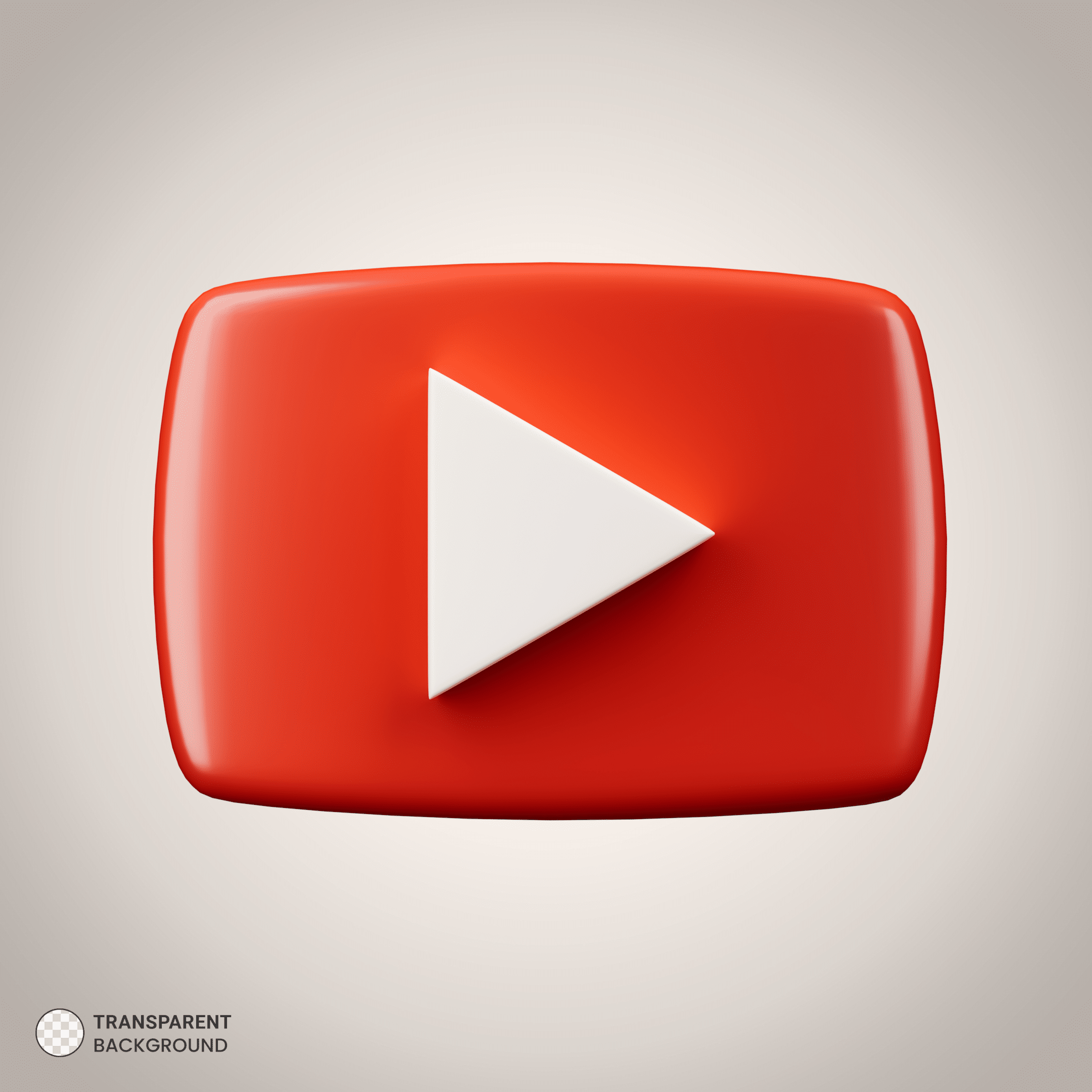
Though it isn’t growing as quickly as Instagram or Facebook, YouTube is one of the only social media platforms that competes with Facebook in terms of global active users.
Originally dominated by long-form videos, it’s now made way for shorter videos with the introduction of YouTube shorts.
Users: Data suggest that people aged 25 to 34 make up the largest share of YouTube’s active users.
Notable Features: It’s a hub for video content creators, businesses that want to share explainer videos, and anyone serious about video in general.
YouTube ads are connected to Google Ads and can be a very effective part of a social media marketing approach.
Overall Verdict: As powerful as a YouTube channel can be, it doesn’t have the same broad uses as an Instagram or Facebook account does.
Not every business needs it but if you want to share bigger demo videos, long-form content, or connect with businesses working in video, it’s one of the best marketing channels to be on.
Twitter/X

Under Elon Musk, Twitter, now X, has undergone significant changes in the last year and is likely to go through a lot more.
Nonetheless, X still has significant reach and offers businesses a unique opportunity to communicate with customers directly and in real-time and to establish a brand voice in interesting ways.
Users: Something to note about Twitter users that doesn’t appear with the other top social media platforms we’ve mentioned thus far, is the gender disparity in their audience base.
Most platforms have fairly evenly split user demographics but Twitter has roughly 5 male users for every 2 female users.
If your brand is trying to grow brand recognition in a male target market, Twitter may be the site for you.
Notable Features: Far more text heavy than most other social media platforms, Twitter is largely driven by trending hashtags and still offers decent discoverability.
If a concern of yours trying to improve lead generation by increasing contact between your business and its customers, a Twitter chat is a highly useful tool in which to open up dialogue. Twitter ads are also another great marketing tool.
Overall Verdict: Twitter is not for everyone, especially in the current climate, but there are still many potential customers on the platform that are worth targeting if you can.
TikTok
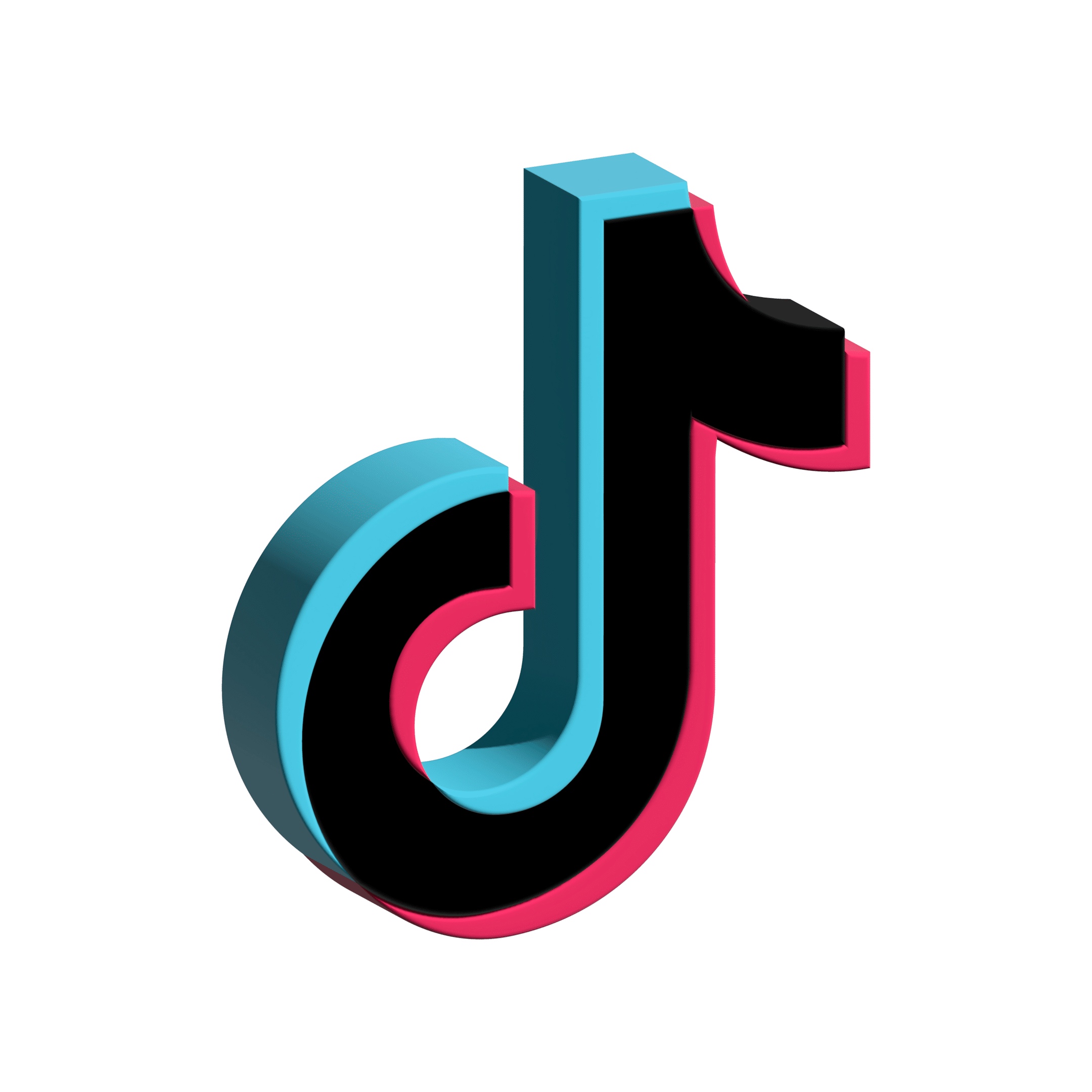
Few things found success over the pandemic like TikTok did.
It’s quickly become one of the most popular social media platforms, known for its constant stream of vertical, short videos.
YouTube Shorts and Instagram Reels were both developed to compete with TikTok and show that even if you’re not on this platform, TikTok is affecting how you engage with social media.
Users: TikTok is most popular with a younger demographic and has seen its biggest growth in the 15-25 age range.
If your business is looking to target younger generations, TikTok is the best place to do it.
Notable Features: In terms of focusing business marketing efforts, TikTok ads have become incredibly lucrative for lead generation.
Whether it’s because of all the young users or just the formatting of the app, TikTok has also become the social media platform where some of the biggest online trends are born.
Even trending audio on Reels tends to be a trickle-down from TikTok.
Overall Verdict: Any business looking for prospective customers who are 25 and under, needs to be on TikTok.
Even brands targeting millennials and older are finding success thanks to the app’s algorithm and engaged audience.
If your business itself isn’t a good fit for this social media platform, we’d still recommend using it for trend research.
There’s no denying that TikTok has been, and continues to be, one of the biggest game-changers in social media marketing.
Read our step-by-step guide to making TikTok Shorts With Pictory here!
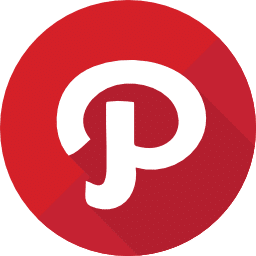
Pinterest doesn’t see the same numbers that some of the other social media platforms on this list do, but it’s still a useful site to be on if your social strategy suits it.
Users: In contrast to an app like Twitter, more than 80% of Pinterest users are female, with most of their audience aged between 25 and 34.
Businesses aimed at mostly female target groups should definitely consider including this social media platform in their marketing strategy.
Notable Features: Pinterest allows people to pin images and even short videos to a virtual mood board and, because users often treat it as a place to get inspiration for purchases and big events like weddings, the platform works well for advertising products.
It won’t offer the same level of consumer communication that Twitter or Facebook does, but it can increase brand awareness.
Overall Verdict: Depending on your industry and the demographics of your target customer base, Pinterest can be a highly effective social media marketing platform for your business.
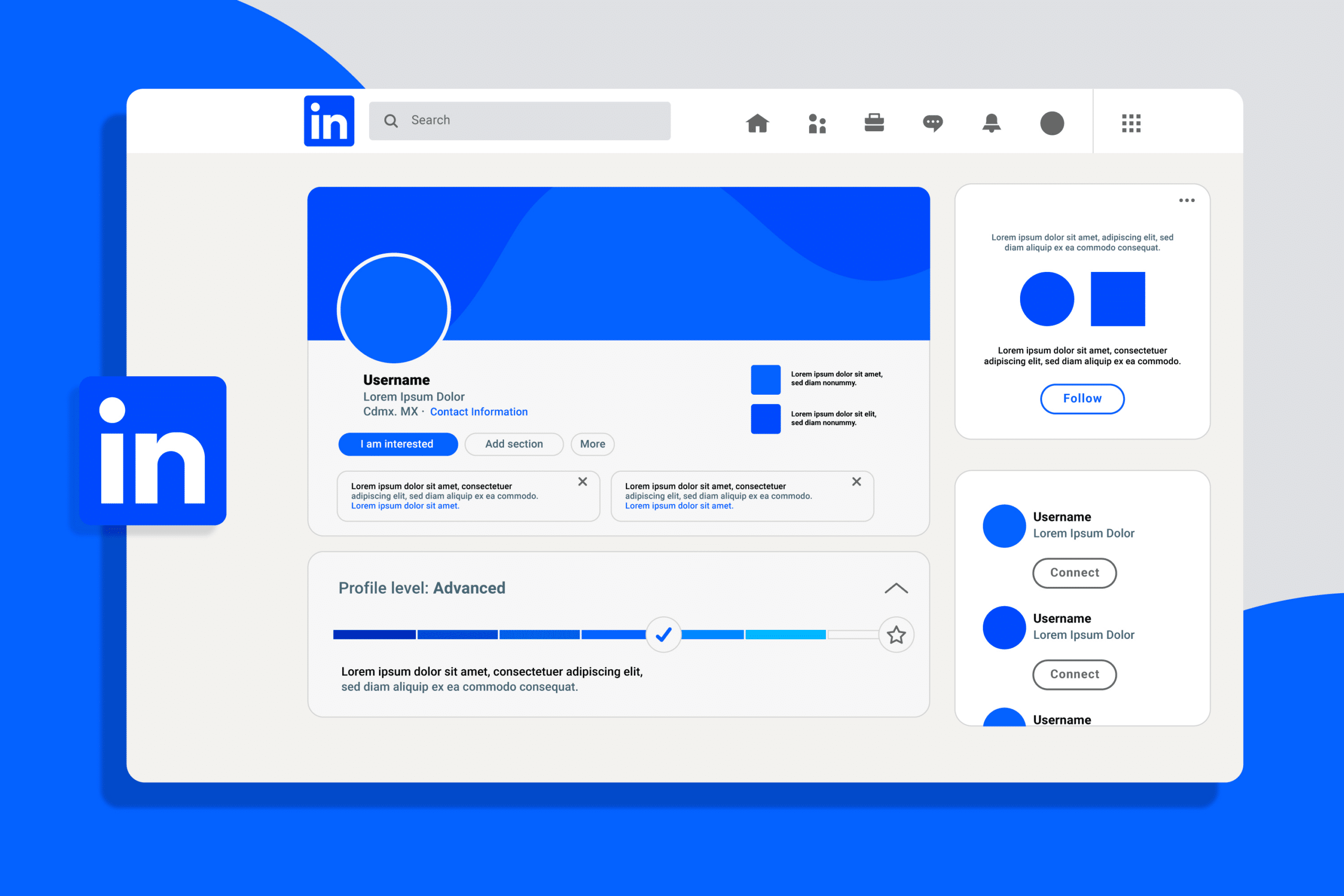
LinkedIn has sometimes been called the “corporate Facebook” and is mostly marketed as an online, professional networking platform.
Users: Millennials account for the bulk of LinkedIn’s users which makes sense considering it’s become a kind of corporate hub.
From a social media marketing perspective, it’s a great platform not just to target millennials but other businesses.
Notable Features: Because it’s aimed at business professionals, this is one of the only social media platforms that makes it easy to list things like business certifications, employee profiles, etc.
Overall Verdict: Any business looking to market to other businesses or want to engage with the corporate world needs to be on LinkedIn.
Read our full LinkedIn Set Up Guide here.
Extra Tips on Choosing a Social Media Platform for Your Business:
You Need Multiple Platforms
We’d suggest having a presence on at least 2 – 3 social media apps, with one of those being on Meta.
This allows for cross-promotion on different sites and expands audience reach.
Video Has to Be Included

Video is one of the fastest-growing aspects of social media marketing.
Have at least one platform in your business’s roster that takes advantage of it, be it TikTok, Instagram, or YouTube.
If you’re worried about making videos, click here for a free Pictory AI trial.
Our software can assist with video creation for any platform and any format.
Test The Waters
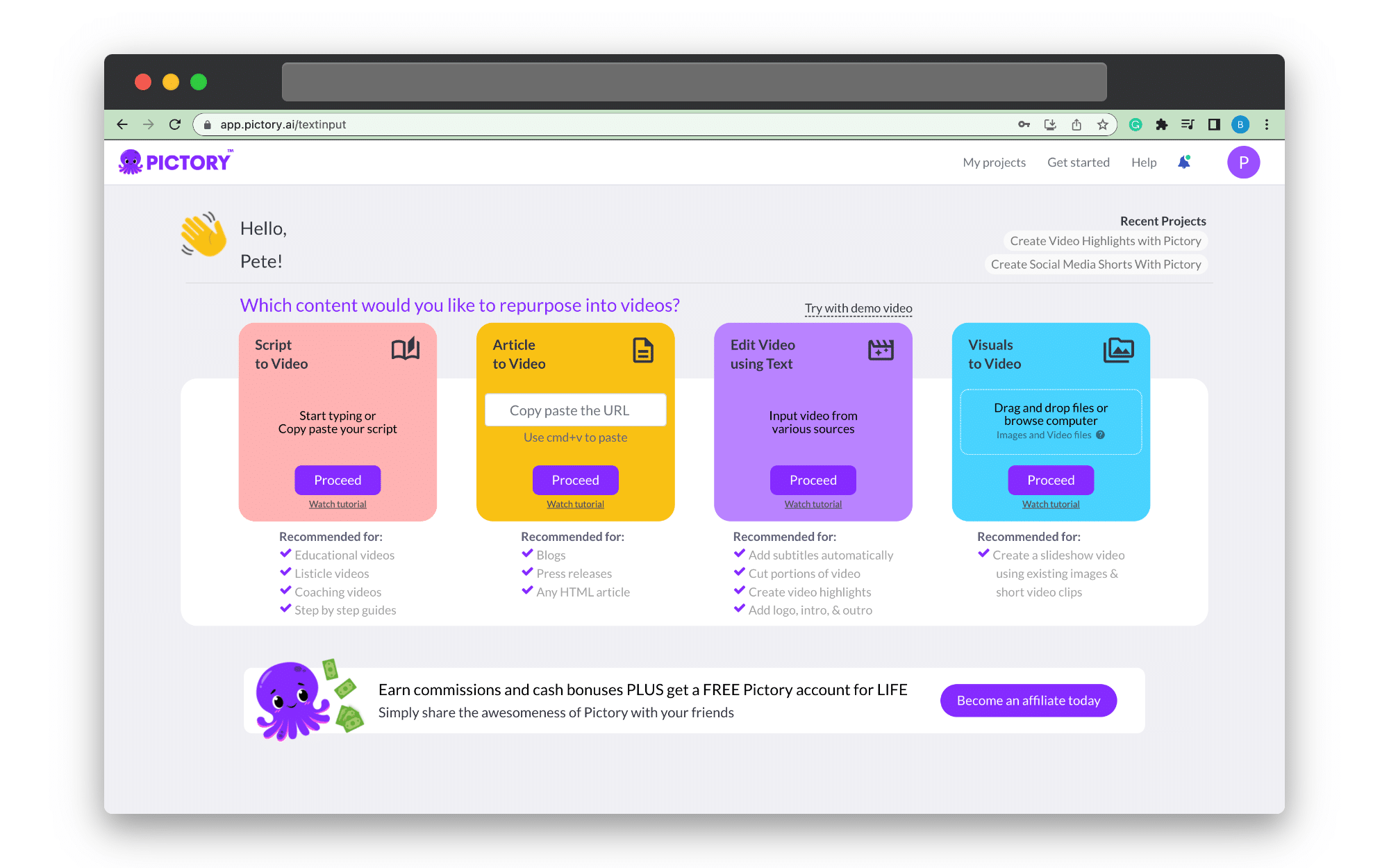
Most social media platforms require a little trial and error in the early stages.
Don’t be afraid to test the waters, especially on newer social media sites like TikTok.
At Pictory, you can even turn blog content into a TikTok-ready video with just a few clicks.
Sometimes the best way to see if a social media site is right for your business is by simply uploading a few posts and seeing the response they garner.
Stay Up to Date

Social advertising and the state of social media are changing constantly.
New changes, such as when Instagram launched Instagram shops, can make a platform more business-friendly overnight.
It’s daunting, but the best app for your business to be on may change in a year or two so keep an open mind.
5 years ago, brands were blowing up overnight on Instagram.
Now it’s TikTok.
Who knows where we’ll be in another 5 years …
Once you’ve chosen your platforms, check out our Ultimate Social Media Posting Guide.
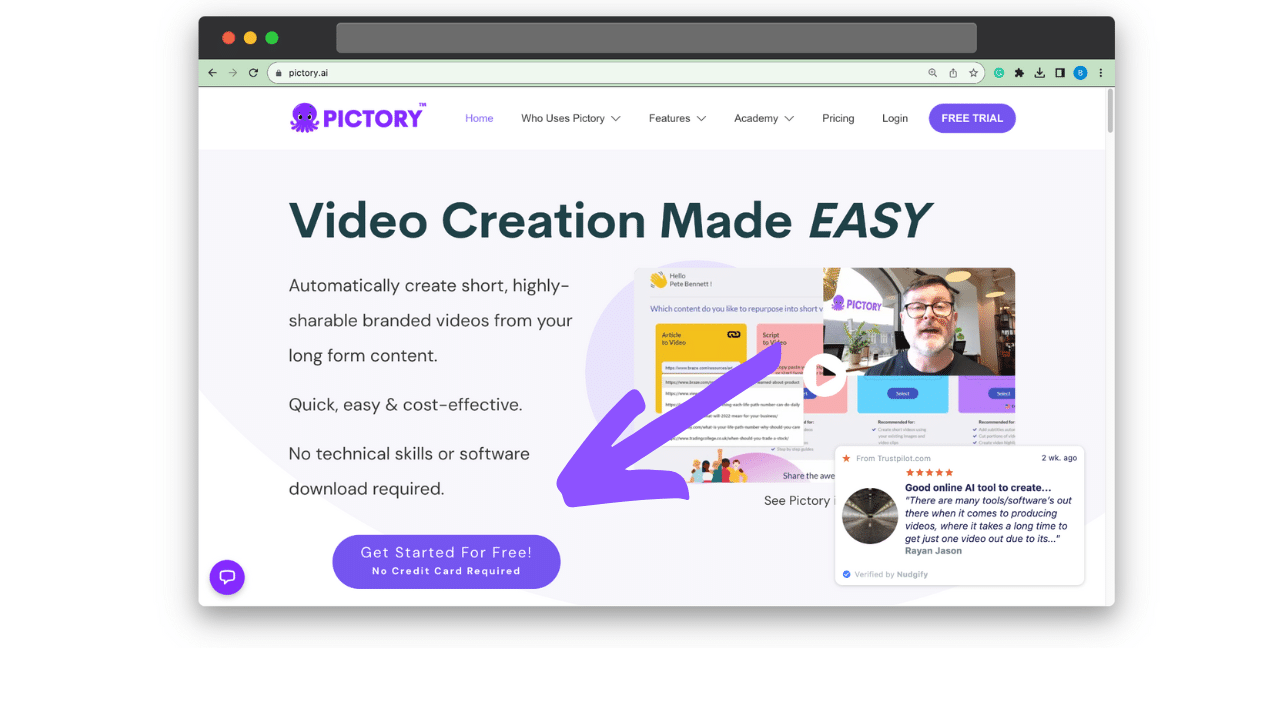
And then sign up for a FREE trial with Pictory to start making stunning video marketing content today!

